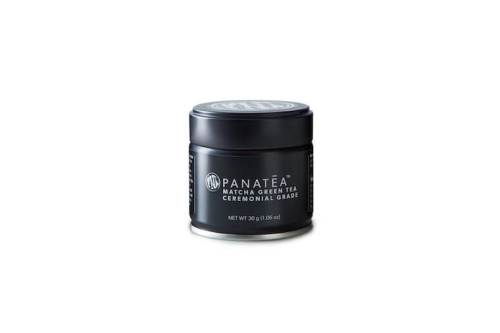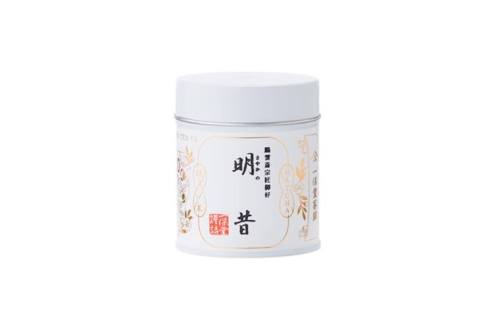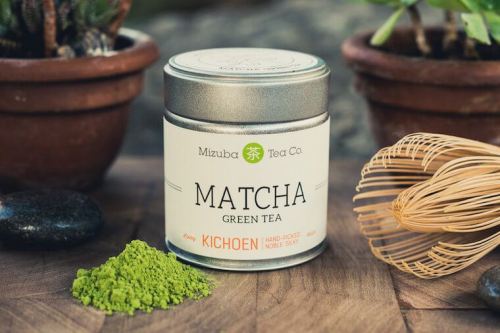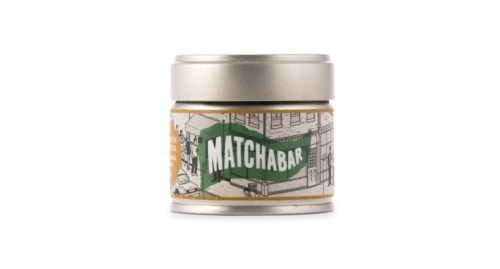Matcha lattes, matcha chia pudding, matcha popsicles, matcha cocktails—the fine-powdered tea has just about conquered the wellness world. But not all matcha is created equal. News flash: Cooking-grade powder is significantly lower in antioxidants and isn’t nearly as fresh as ceremonial-grade versions, but the former is often marketed as the latter. Sadly, green tea purists often struggle to find the good stuff.
Consider Stephen Cheuk your matcha concierge. “It became frustrating for us because so many people are selling really low grade [product],” says the founder of House of Matcha (who is also behind high-end fitness destination S10). A self-professed fanatic, Cheuk started his own company in order to track down the highest quality tea available—which entailed a trip to Japan, visiting one farm after another and inspecting the leaves throughout the picking, steaming, and grinding processes. (He isn’t kidding about that “fanatic” label.)
So how can you ensure you’re getting the best, too—without booking a plane ticket to Tokyo? According to Cheuk, there are seven simple principles to identifying high-quality matcha.
1. The packaging
“Matcha is like a live product,” Cheuk explains. So if it’s sold in bags or wrapped in foil, it’s not being preserved properly. Look for tins of matcha that can be resealed. Airtight packaging will prevent help oxidation—which Cheuk says decreases quality, big time.
2. The color
“Good matcha should be really vibrant, really green—the color should just pop out at you,” says Cheuk. The greener it is, the higher the nutritional value. (Thanks, chlorophyll!) A duller color may indicate older leaves or stems mixed in.
3. The consistency
“High-quality grade is very fine and silky,” Cheuk describes. “Lower-quality grade has a bigger particle size, which results in a coarser feel when rubbed between your fingers.” If your cup of matcha has a pile of sediment at the bottom, it’s probably not so great. The good stuff should mix in (ideally with a traditional whisk) effortlessly.
4. The taste
If you don’t like matcha as a flavor, it’s possible you just haven’t tried the good stuff yet. According to Cheuk, the taste should be “a nice balance between natural sweetness and a slightly bitter and vegetal tea flavor—and be very clean and easy to drink.” If you’re sipping on something chalky or overly bitter, the grade of tea is probably to blame.
5. The scent
They say your nose knows, and matcha is no exception. Cheuk says that L-theanine, the amino acid present in the leaves, should give the tea a sweet, fresh, “green” smell.
6. The origin
Think of it like wine—where the tea leaves were grown matters. “The main matcha producing regions in Japan—where 80 percent of the product is produced—are Uji, in Kyoto prefecture, and Nishio, in Aichi prefecture,” Cheuk explains. Check out a brand’s website before you buy, as it should include this information.
7. The price
If you’re buying matcha for the same price as tea bags of Cozy Chamomile, it’s likely culinary grade. Higher-quality matcha is made with young, fresh leaves and processed with extreme care, which makes it cost a bit more. “Typically, a good grade of ceremonial matcha will cost around $29-$39 for about 30 grams,” advises Cheuk. But fear not—if you make yourself a cup at home, it’ll still be less expensive than buying an almond milk matcha latte at the café around the corner.
Quality matcha is a game-changer—and these brands know the difference. Here are five matcha brands you’ll want to whisk in and sip down.

House of Matcha, $35 for 40g

Panatea, $39 for 30g

Ippodo, $21.06 for 40g

Mizuba Tea Company, $50 for 40g

MatchaBar Premium, $30 for 30g
Looking for another buzzy bev trend to try? Drinking vinegars are the next big thing. If coffee is more your style, you need to try this ultra-healthy, ultra-delicious blended recipe.
Sign up for the Well+Good SHOP Newsletter
Get exclusive deals on wellness, beauty, fitness, and food products that have been hand-picked by our editors.
Got it, you've been added to our email list.








